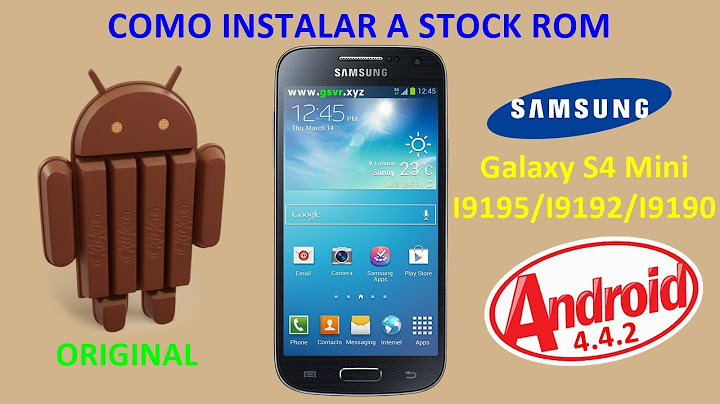 Show
If your Samsung refrigerator has a freezer with an ice maker, the chances are you’ve come to rely on it. That’s why it can be more than a mild inconvenience when your Samsung freezer stops making ice. However, there can be a few reasons your ice maker may have stopped working. This article will take you through how to troubleshoot possible issues with your Samsung fridge freezer and its ice maker. It will also take you step by step through diagnosing the problem and deciding when it might be time to call in a professional. Possible causes of Samsung freezer not making iceThere can be several reasons your Samsung refrigerator ice maker may have stopped making ice — anything from the ice maker being turned off to a defective motor. The following sections will explain how to go about troubleshooting each cause. Ice maker is turned offIt may sound silly, but make sure that your ice maker didn’t accidentally get turned off somehow. Some Samsung fridges have a simple on-off button for the ice maker, which makes it especially easy for an accidental shut-off to occur. Jammed ice bucketAnother reason for the lack of ice could be a jammed or frozen ice bucket. If you haven’t used your ice maker in a while, your ice bucket may become frozen, preventing you from removing it entirely. If this occurs, though, the last thing you want to do is force it out. You also shouldn’t try to defrost it with something like a hair dryer. Water pressure issuesIf there’s a problem with your water pressure, it might be your water inlet valve. This supplies your fridge and ice maker with water. If the water inlet valve isn’t working or is in some way defective, the water supply can’t travel the way it’s supposed to, which can affect both the refrigerator’s water dispenser and the ice maker. Frozen water lineAlong with a defective water line, a frozen water line can stop water from moving the way it’s supposed to. If even a part of the water line is frozen, it can disrupt the ice production of your fridge. Clogged water filterIf your ice maker has stopped making ice or makes small, misshapen, cloudy or dirty ice, it might be a clogged water filter. Debris can sometimes get in the water line, which eventually settles. The more you have in your line, the less room there is for the water to move through. If you don’t have enough water moving, your ice maker won’t be able to release ice cubes off of the evaporator plate. Refrigerator door switch issuesA door switch tells your refrigerator when the freezer door is (or the doors on a French door refrigerator are) opened or closed. Your refrigerator is designed not to dispense ice (or water) if the door is open. A broken switch can lead the fridge to believe the door is still open and it won’t release the ice you want. Defective auger motorLook inside your ice maker and you may see an auger blade, which is responsible for pushing ice out through the dispenser. If there is something wrong with the motor that makes the auger move — such as being stuck or broken — ice can’t dispense from the ice tray. How to diagnose Samsung's fridge/freezer ice maker problemsIf your ice maker is having trouble, there are a few things you can check:
How to reset your Samsung ice makerIf nothing else has helped, you may need to reset the ice maker. To do this, use the test or reset button on your ice maker. For most Samsung refrigerators, this will necessitate removing the ice bucket to find the test button. If you have trouble, consult the user manual to find it. When you do, hold the button until you hear a chime (don’t worry, this can take up to 10 seconds). After the chime, replace the ice bucket if you’ve removed it. The test itself will take six minutes. Ice should drop into the bucket and you should hear the water valve engage to fill the ice maker. When the test is complete, another chime will sound. Don’t expect everything to immediately return to normal; it can take up to 24 hours for production to improve completely. During this time, it’s important to dispense ice; otherwise, ice will fill up one end of the bucket and the refrigerator will mistakenly think it’s full and stop production again. When to seek professional helpIf you still haven’t had luck getting your Samsung freezer to make ice, you might need the help of an expert. They can repair some more complex components of the ice maker to help prevent further damage to your fridge. That’s where Cinch Home Services comes in. Protect your appliances from costly repairs with CinchWhen it comes to protecting the most important appliances in your home, like a refrigerator, a home warranty can make all the difference. Cinch offers three home protection plans to choose from, including an Appliances Plan. This means it’s easy to find the right coverage for you. Our home warranty plans also come with protection for unknown pre-existing conditions, rust and corrosion coverage, and a 180-day workmanship guarantee for all covered appliances. We also offer discounts on new appliances — so if it’s finally time for a new refrigerator, you can enjoy savings on brand-name appliances. If you’re ready to protect your home with Cinch, request a free instant quote today. Notice to the ReaderThe content within this article is meant to provide potential solutions but aren’t guaranteed to fix the problem. To avoid further issues, though, please seek an expert opinion similar to one offered by a Cinch service provider. Why is my Samsung fridge not making ice?Why Is Your Refrigerator Not Making Ice?
Why is my Samsung ice maker not working?Stay Chilled With These Troubleshooting Tips
Why is my KitchenAid ice maker not making ice?
Can I make ice without an ice maker?You can use silicon molds, improvise with an egg carton, or make crushed ice in a plastic bag. So long as you have access to a freezer, these household goods will allow you to make ice cubes that will work just as well as the kind you make in a tray.
How do you reset the bottom ice maker on a Samsung refrigerator?The reset button is located on the front of the ice maker, underneath the motor housing, past the front cover. Press and hold the reset button (you'll need to apply some pressure here) until you hear the ice tray motor begin to torque, then release.
Why is my bottom freezer not making ice?If your ice maker isn't producing ice at all or is producing crescents or cubes that are smaller than usual, it's typically indicative of a clog somewhere along the supply line. Cause: A common cause for a clog is frozen water in the line. Fix: To repair a frozen line, slide the refrigerator and unplug it.
How do I reset my bottom freezer ice maker?To reset any ice maker, first make sure the feeler arm isn't stuck. If it is, push it down so it knows to keep working. Otherwise, check for a reset button on the ice maker and hold it down for 10 seconds. If that doesn't work, turn off and unplug the ice maker for up to 15 minutes for a hard reset.
|

Related Posts
Advertising
LATEST NEWS
Advertising
Populer
Advertising
About

Copyright © 2024 berikutyang Inc.


















